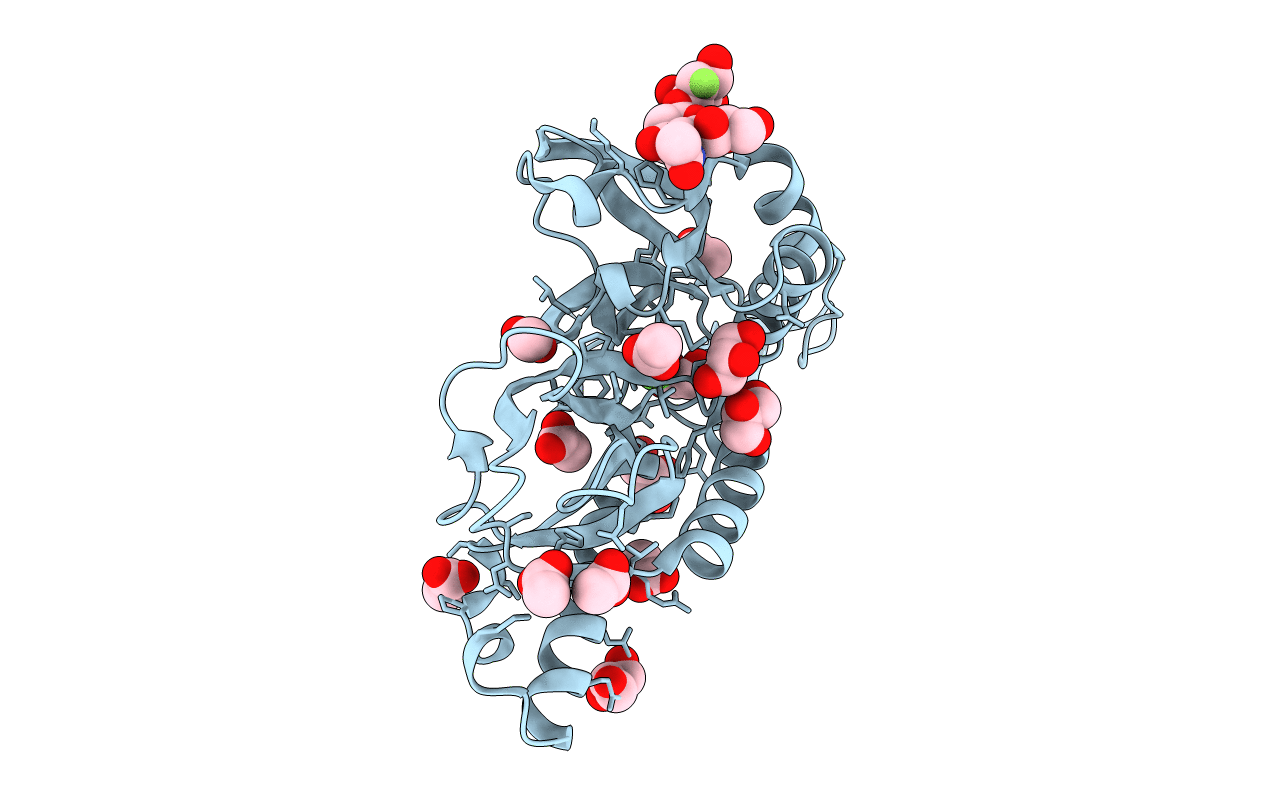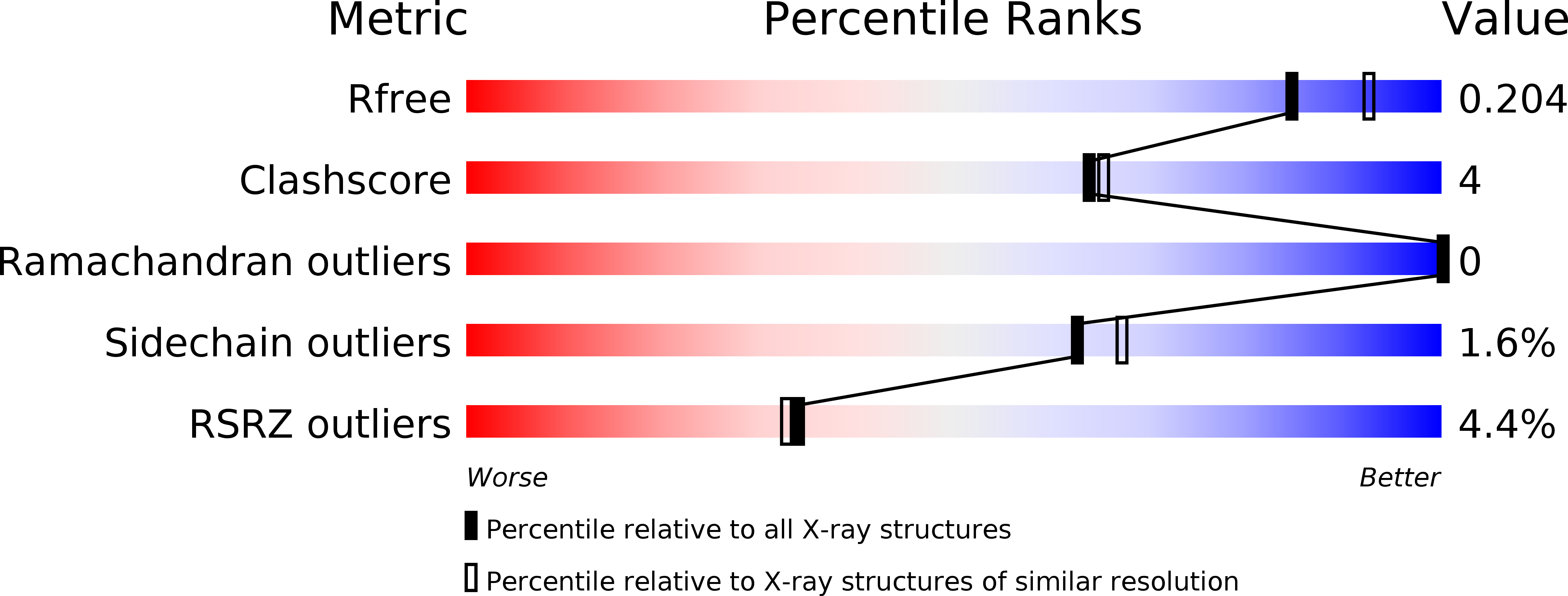
Deposition Date
2008-11-03
Release Date
2009-07-28
Last Version Date
2024-11-06
Entry Detail
PDB ID:
3F53
Keywords:
Title:
Crystal structure of Toxoplasma gondii micronemal protein 1 bound to 2F-3'SiaLacNAc
Biological Source:
Source Organism:
Toxoplasma gondii (Taxon ID: 383379)
Host Organism:
Method Details:
Experimental Method:
Resolution:
2.00 Å
R-Value Free:
0.19
R-Value Work:
0.16
R-Value Observed:
0.17
Space Group:
P 43 21 2


